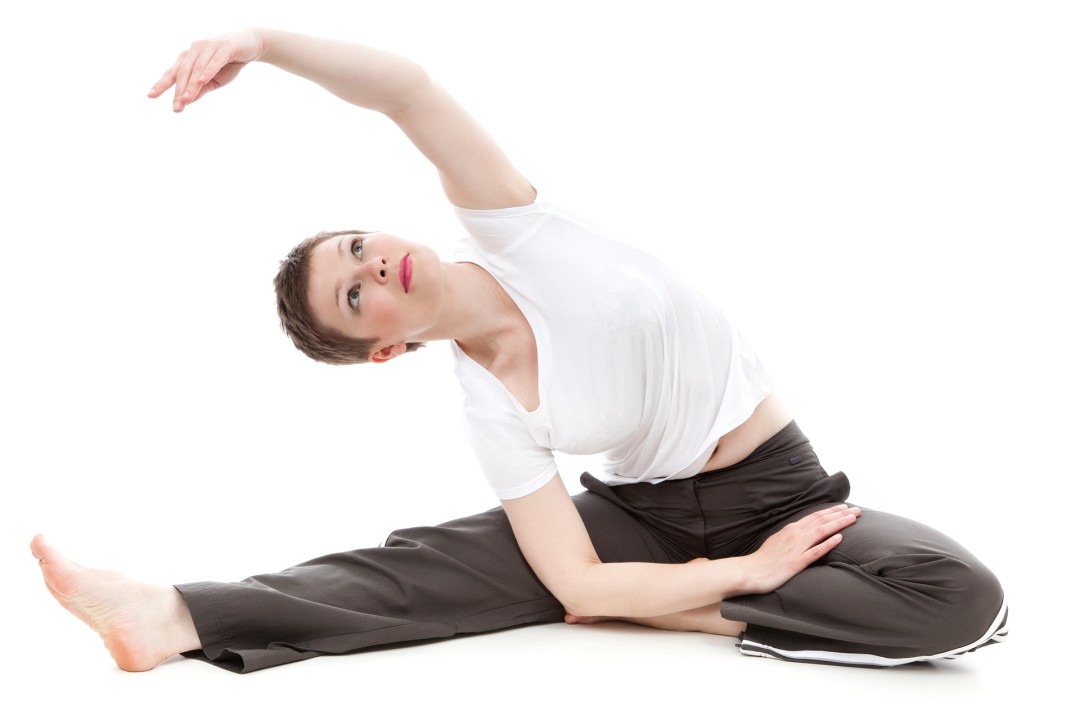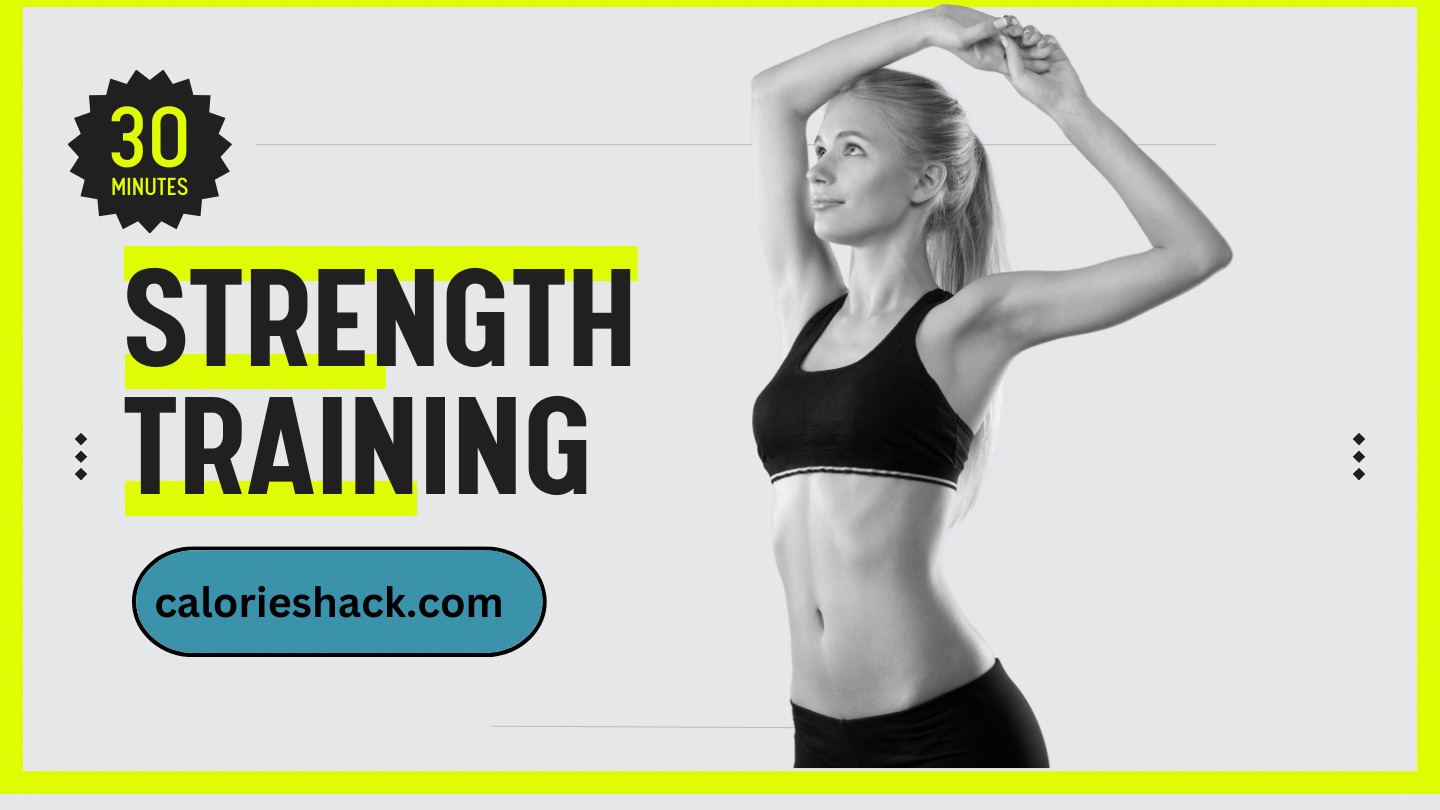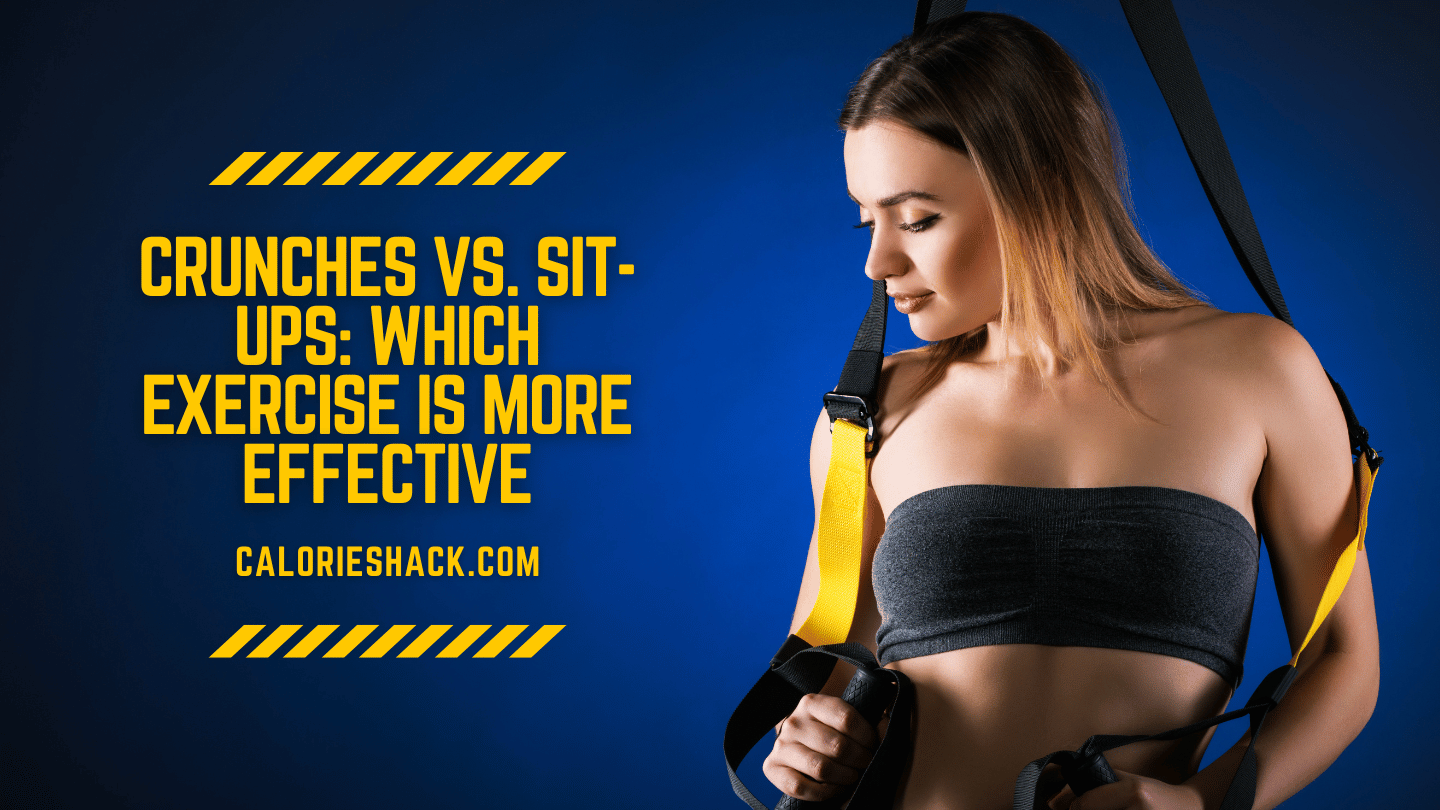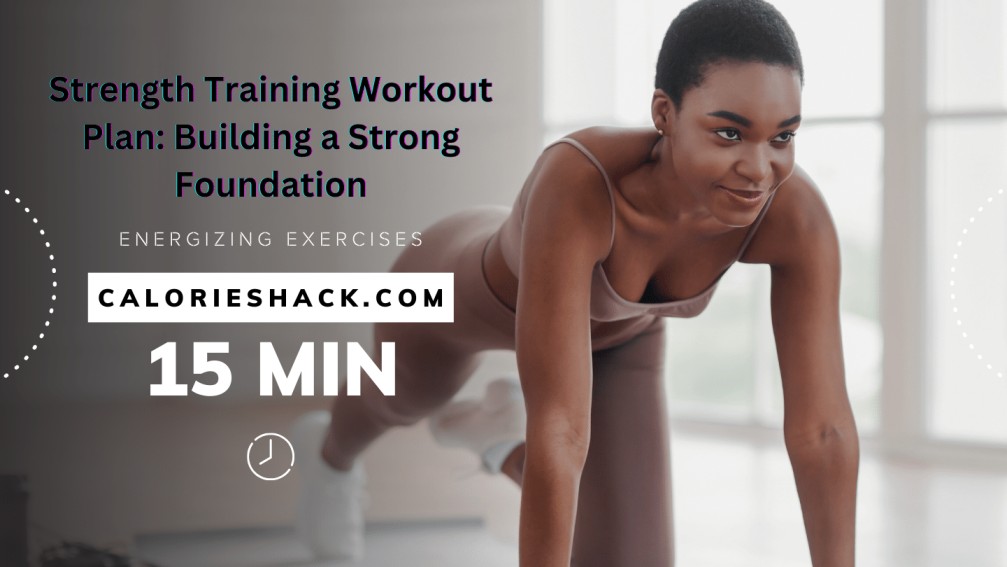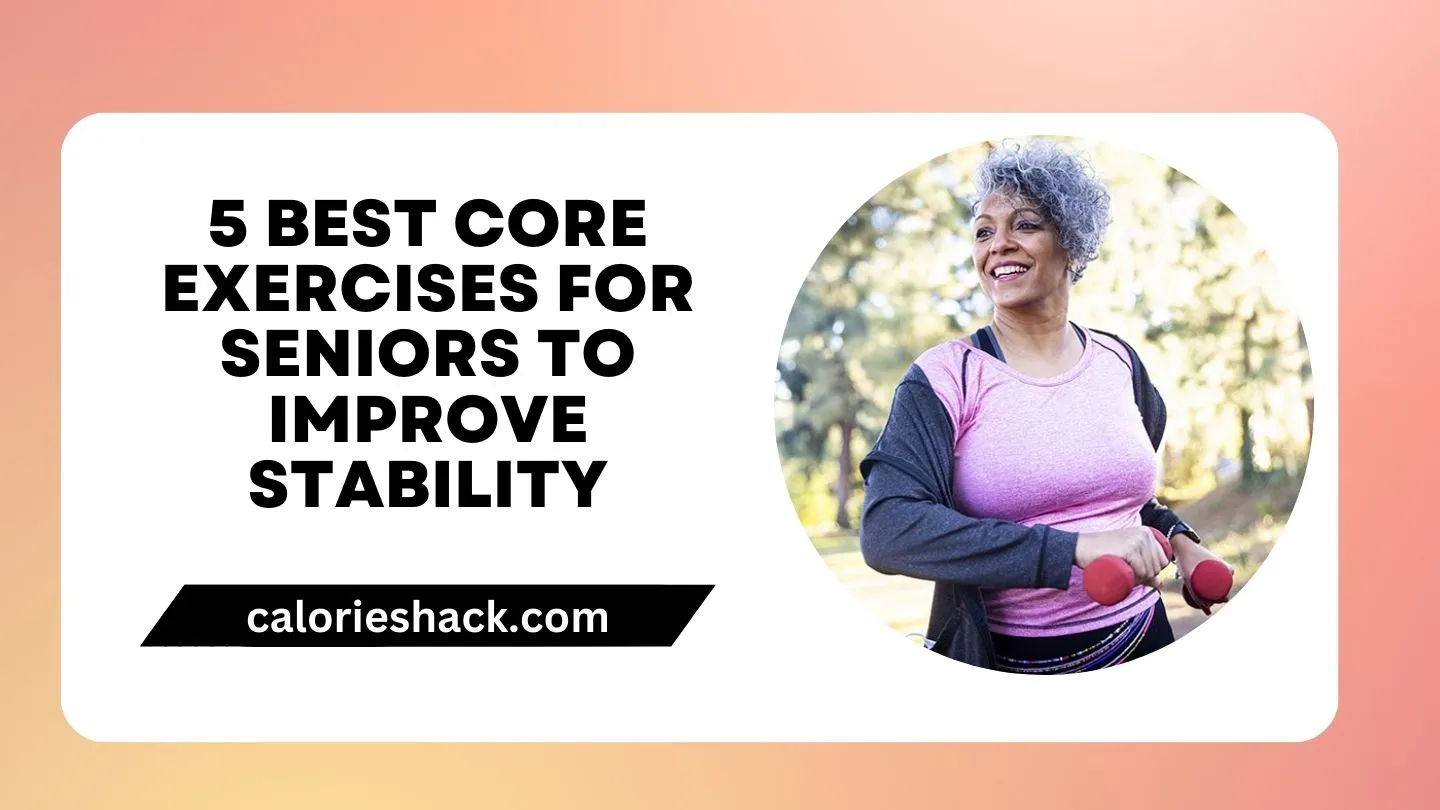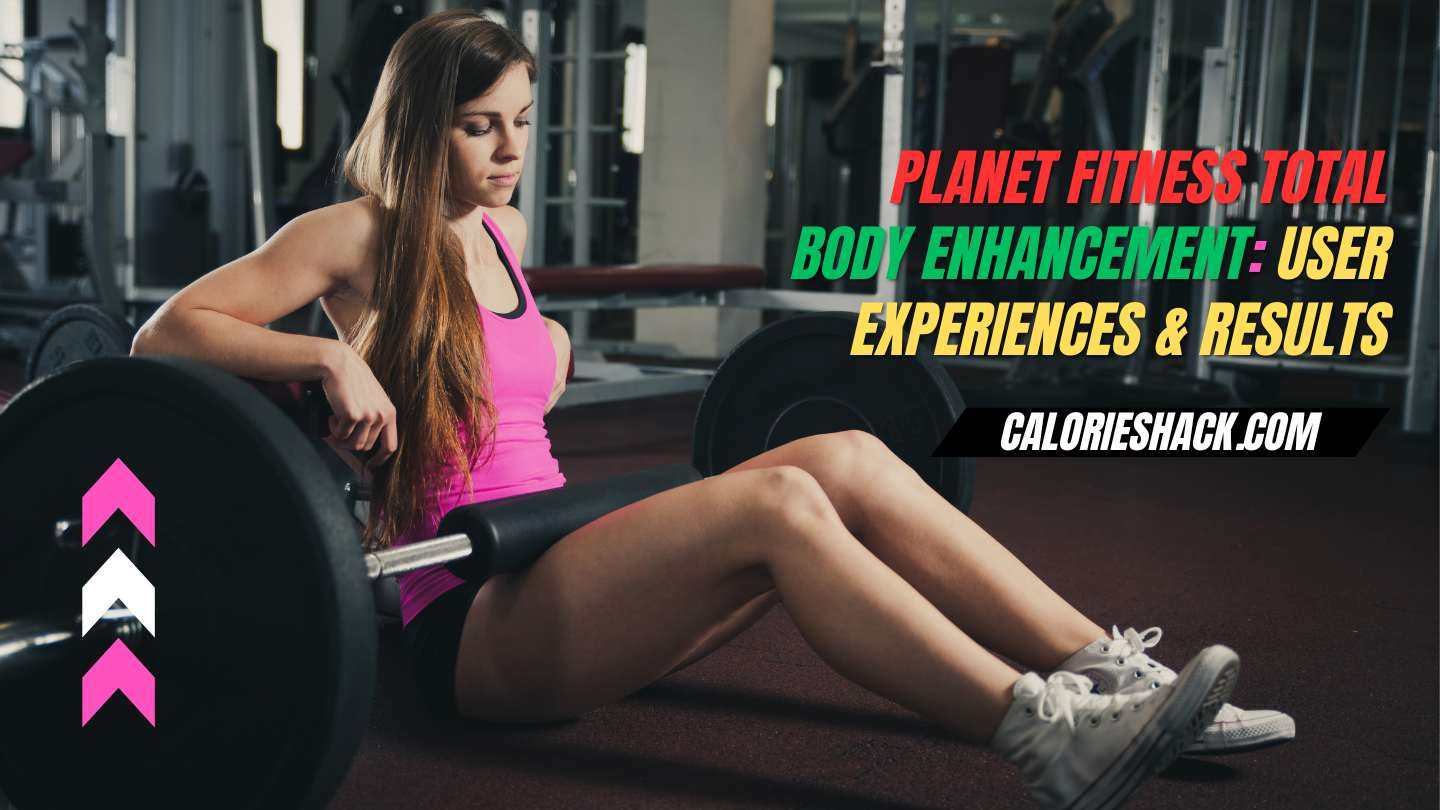You've perceived how a feline stretches when it awakens, so is there any good reason why you shouldn't do likewise? This short stream prepares you for the afternoon, and you don't have to get up to make it happen.
You will undoubtedly be feeling tight when you awaken. So couple your hands behind your head, dawdle up so they are level, then put the bottoms of your feet together and let your legs flop. Sooner or later you'll feel the advantage in your hips.
Following two or three minutes, uncouple your hands and utilize your palms to push your knees together. Remain like this for a couple of moments as long as a moment. This is an exquisite method for getting that feline like stretch into your lower back, your knees, hips, and lower legs.
Presently we should pull a piece at our hip flexors to awaken them. You should set yourself up on your right elbow. Slide your left leg over your right leg, then, at that point, seize your right foot. Following several minutes let proceed to pull the other foot. Roll onto your back when you've wrapped up. In the event that extending isn't essential for your normal wellbeing and wellness schedule, you might pass up a great opportunity.
"Extending is really great for everyone and most certainly something to do consistently as a feature of a general activity plan," says Jacque Crockford, a specialist of wellbeing science and a Pro ensured fitness coach situated in San Diego.
Extending is a sort of activity that helps adaptability and versatility by protracting the muscles, either by expanding them or with development.
What Are the Various Kinds of Extending?
There are a few distinct sorts, and each offers a one of a kind advantage. A few normal kinds of extending include:
Inactive extending Think exercise center class, when you used to twist around and arrive at down toward your toes. For this kind of extending, an external power, (for example, a towel, obstruction band, gravity, or someone else) helps increment the stretch. Another model is a hamstring stretch with a towel or belt, says Kate Galliett, a NASM-confirmed fitness coach and Practical Life structures Classes guaranteed useful reach molding versatility expert situated in Value, Utah. It's normally finished after an exercise, and for unwinding.
Static extending Static extending includes stretching out an appendage to cause a stretch situation and afterward holding it there frequently for 20 to 45 seconds, as per the Medical clinic for Unique Medical procedure. While the expressions "static extending" and "uninvolved extending" are frequently utilized conversely, there's an unpretentious contrast, Galliett says. Static and uninvolved extending are comparable in that you're holding a stretch,

However in contrast to detached extending, with static extending you're somehow or another supporting yourself in the place of the stretch. For instance, in the event that you bow on the floor and stand firm on a foothold to loosen up your hip flexor (the muscle toward the front of your hip), you're doing a static stretch. Yet, "assuming you lie on your side on a back rub table and have an actual specialist test your sanity back to extend the hip flexor, that would be a detached stretch," Galliett says. Like detached extending, static extending is additionally usually finished in the wake of working out and for unwinding.
Dynamic extending Dynamic extending is the point at which you move an appendage into a situation to extend a muscle and afterward hold it there under your own solid power. For instance, you lie on your back and utilize your leg muscles to lift one straight leg until you feel a stretch in your hamstrings, says Galliett, who is likewise the creator of Becoming Rugged: How to Fabricate a Body You Love to Live In. This method can be useful for individuals who are recuperating from wounds, since it integrates delicate strength work, she notes.

Isometric extending This strategy includes adding a static muscle constriction (the muscle doesn't change length) to a static or dynamic stretch, Galliett makes sense of. There's some power pushing against the muscle you're extending. A model is a calf stretch in which you thrust one foot forward, fix you back leg with your impact point pushing down, and drive into a wall before you with your arms.
Ordinarily, you switch back and forth between getting the muscle for 10 seconds and extending the muscle for 30 seconds, and rehash for three to six reps. Isometric extending can be perfect for individuals who need to make sensibly fast advances in adaptability, since it conveys additional messages from the sensory system that tell the muscles it's alright to extend further.
Proprioceptive neuromuscular help (PNF) PNF is like isometric extending, then again, actually the agreement loosen up plan may be finished for a lot more limited time (15-second stretch and seven-second withdrawal), Galliett says. This extending procedure likewise incorporates a constriction of the muscle inverse the muscle being extended.
Thus, a hamstring stretch would seem to be this, Galliett expresses: Lie on your back and have somebody lift one leg toward the roof until you feel a stretch toward the rear of your lifted leg. Hold there for 15 to 30 seconds. Contract the hamstring for 7 to 15 seconds, and afterward contract the quadriceps (the muscle toward the front of your thigh) for 7 to 15 seconds. Unwind and allow your hamstring to be extended somewhat further. Hold for 15 to 30 seconds. Compressions are held for a fraction of the hour of stretches.
Dynamic extending You do controlled activities to move your muscles through their full scope of movement, which warms you up for an exercise and advises your mind to prepare to move. With dynamic extending, you're moving to expand the muscles, Galliett says. Strolling lurches, leg swings, and middle turns are only a couple of instances of dynamic stretches.
Physical extending Dissimilar to different kinds, substantial extending doesn't need holding a stretch for a set timeframe. You discharge solid pressure through delicate, normal developments, with an accentuation on checking out how the muscles feel. You may, for instance, let your head hang and focus on the impressions that accompany it or curve your back and stretch after waking.
The Medical advantages of Extending
What the various sorts of extending share for all intents and purpose is that they assist with protracting the muscles of the body and keep them (and in this way you) versatile, as per Pro.
Extending increments muscle adaptability, which is expected to keep a sound scope of movement in the joints, as per Harvard Clinical School. Adaptability might sound like versatility, however they're different in that adaptability is the capacity of the delicate tissues (muscles, ligaments, tendons) to extend without help, though portability is the capacity of the joint (where two bones associate) with travel through its full scope of movement, as per the Global Games Sciences Affiliation.
It's essential to deal with your portability and adaptability on the off chance that you sit a ton during the day, or regardless of whether you carry on with a stationary way of life. In any event, when we are physically functional, a significant number of us will generally restrict ourselves to a thin scope of movement, depending a ton on specific muscles and not approaching others by any stretch of the imagination. At the point when we adhere to a small bunch of positions, this puts additional strain on specific muscles and can toss our muscles, bones, and joints out of ideal arrangement.
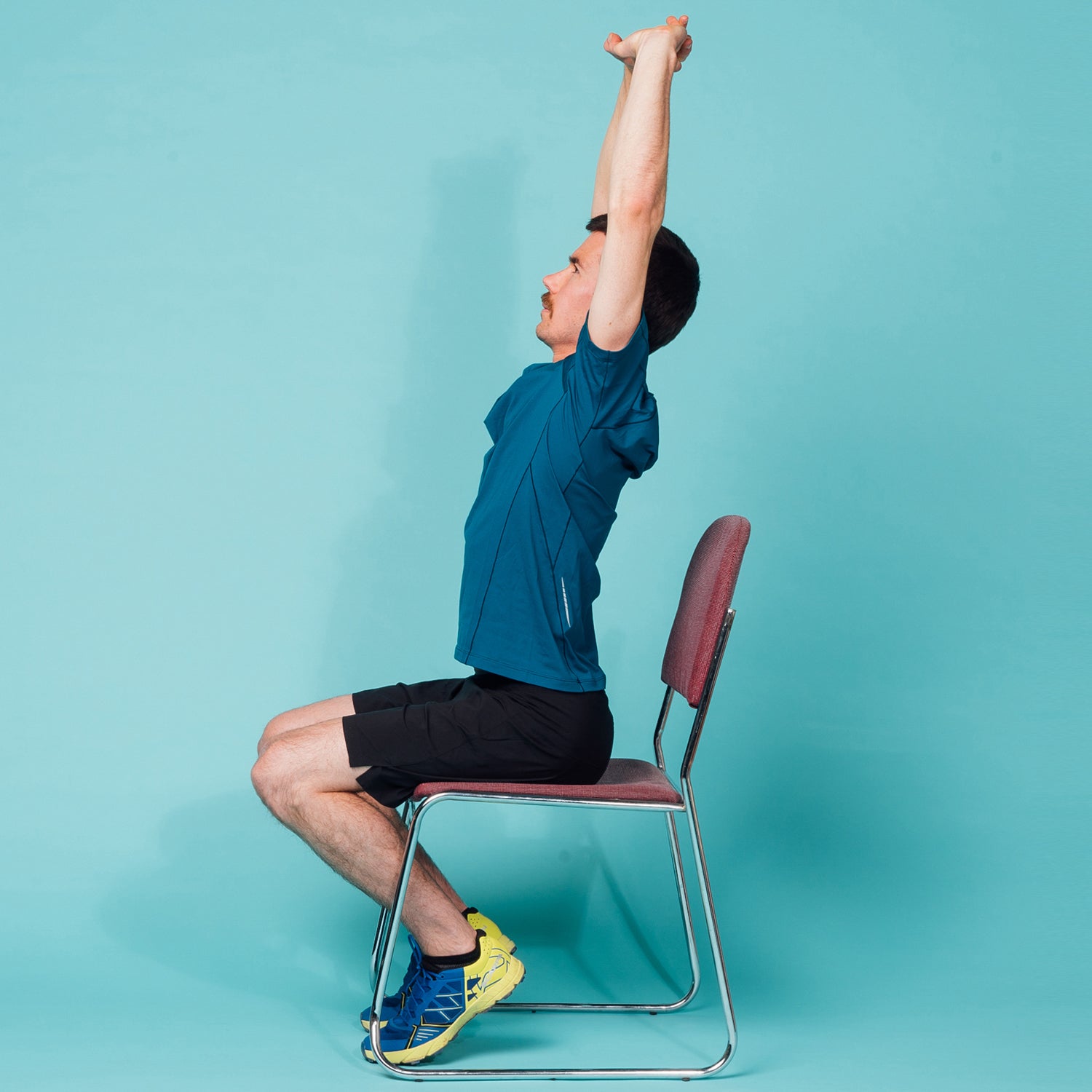
"At the point when our muscles, bones, and joints aren't perfectly positioned, we need to convey additional snugness in specific regions to oblige that," Galliett says. One model is low back snugness.
"A ton of times, the low back can feel truly close in light of the fact that our bodies aren't in an ideal situation to help our skeletal construction: our head is a little forward, perhaps our rib enclosure and pelvis are tipped excessively far forward, thus the entirety of our weight is inclining forward," Galliett says. Something needs to stand firm on you up in that situation, and the low back frequently ends up assuming the brunt of that work, rather than scattering those endeavors across your hamstrings, glutes, stomach muscles, and the remainder of your body.
Extending the delicate tissues toward the back, legs, hamstrings, and hip flexors can work on joint scope of movement in the spine, which eases back torment, as per a survey distributed in June 2016 in the diary Medical care.
Adaptability additionally takes into account opportunity of development, which is useful during regular exercises, for example, twisting around to tie your shoes, vacuuming, and lifting food. As indicated by NASM, these exercises can turn out to be more troublesome as we age, making adaptability preparing significant for solid maturing. It might likewise assist you with keeping away from wounds you could support from playing out an action you don't have sufficient versatility and adaptability to securely do.
Portability and adaptability work likewise forestalls injury during exercise and works on your capacity to work out.
Dynamic extending, for instance, is helpful for heating up and extending the muscles you plan to use during exercise. "A simple method for stressing your quad muscle is to run out and kick a soccer ball as hard as possible," says Williams Roberts, MD, the overseer of the games medication program in the division of family medication and local area wellbeing at the College of Minnesota Clinical School in Minneapolis.
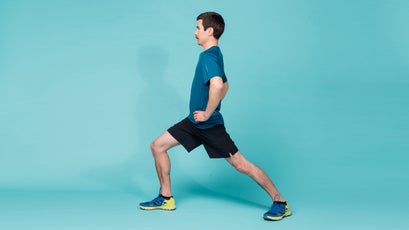
The equivalent can occur in the event that you send off into a max throttle run on chilly legs. Heating up first with dynamic stretches (like lurches, squats, or leg or arm circles) assists start with protracting the muscles tenderly; so toward the finish of your warm up, your muscles are fit to be locked in to their most extreme.
Simply make sure to stay with dynamic extending while heating up and save static extending for chilling off after an exercise; overextending a muscle that hasn't been heated up in a static stretch can put it at a comparative gamble to abuse.)


